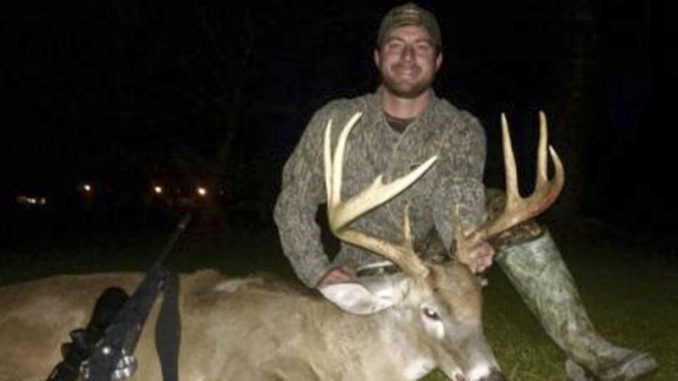
Attract the females, don’t bother them, and you’ll be awash in bucks when the rut approaches, according to one Carolina deer expert. That’s the doe equation.
As October arrives, breeding behavior kicks off in whitetail country. And hunters can expect bucks to move to a fall pattern, in which the habits of their slick-headed companions will make a huge impact on their daily drive.
With the exception of the fall breeding season, bucks live with bucks and does live with does in perfect harmony, feeding and loafing in the same places. But when the hormones start flowing, everything changes. This time of year, deer begin to reassess their company. Hunters looking to score big with a heavy-horned beast in early fall need to keep tabs not only on buck movements, but also on the congregations of does in the area.
The approach of breeding season controls buck and doe movements each fall. The peak of local breeding activity begins in October and can last as long as December in different parts of North Carolina. And it begins in October and can last until the middle of November in South Carolina.
While bucks are the main target for hunters, does play a crucial role in the overall picture. Doe management is an integral part of the hunting strategy for Austin Morell of Latta, S.C., who finds a way to bring home at least one trophy buck each year.
Keep the does comfortable, and they’ll lure the bucks right to you
“If you have the does coming in regularly during the rut, the bucks will show up,” Morrell said. “But keeping the does from being spooked is just as important as keeping the bucks unaware of your presence.”
When does go nocturnal and come in to feed on corn piles, food plots and agricultural fields after dark, bucks will be out at the same time.
“If you spook the does every time you get down, you will educate them, and they will go nocturnal,” he said.
Bucks are on the move, looking for high concentrations of does. Bucks want to breed as much as they can. And concentrations of does will bring bucks in like a magnet. Throughout the season, doe movements will change based on food availability.
Early in the season, Morrell finds high concentrations of does around agricultural fields, specifically uncut soybeans. Then, he finds does moving to other food sources, including food plots, corn piles and acorn-rich oak groves. While bucks are somewhat unpredictable in the fall, Morrell finds does to follow a more regimented daily ritual.
A constant food supply is part of the doe equation
“The does don’t change up their patterns a whole lot and will stay in the same areas and follow the same patterns, as long as they aren’t spooked too bad,” he said. “And if you have does during the rut, the bucks will come in cruising to check them out.”
As long as a solid food source is available, does will follow the same routine over the course of many days. Morrell hunts fields, food plots, travel corridors and corn piles. When he’s hunting over corn, he makes sure the supply never runs dry. This keeps the does visiting them on a consistent basis.
“You can tell a difference when the corn piles run out versus if you keep the corn available all the time,” he said. “Keep the deer coming as consistently as possible and never run out of corn if you want a chance at a big buck on that stand.”
Play the wind when setting up stands
Keeping the pressure off does can be just as important as keeping bucks in the dark. Morrell rotates which stands he hunts each day. But he will carefully set up his stands according to the prevailing winds.
“I set up all of my stands for certain winds, and then I am very conscious on only hunting these stands on the right wind,” he said. “Once the bucks smell you and the does blow at you a few times, you can lose that place. I am always cautious as possible on stands to prevent this from happening.”
Throughout the season, hunters focus on locating a big buck and targeting that buck every time they visit their hunting land. While it is important to focus on a certain animal, areas with a strong and consistent doe presence will attract bucks from the immediate and outlying areas. When the breeding season cranks up to full throttle, expect these stands with a high concentration of does to draw a mature buck from his hidden lair.

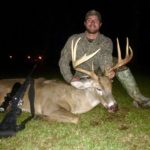
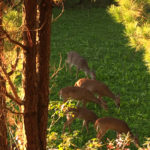
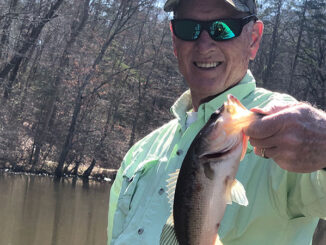
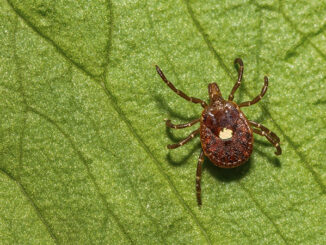
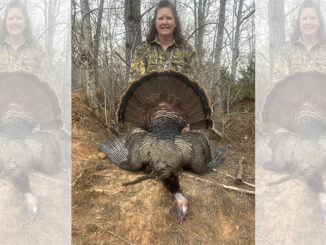

Be the first to comment